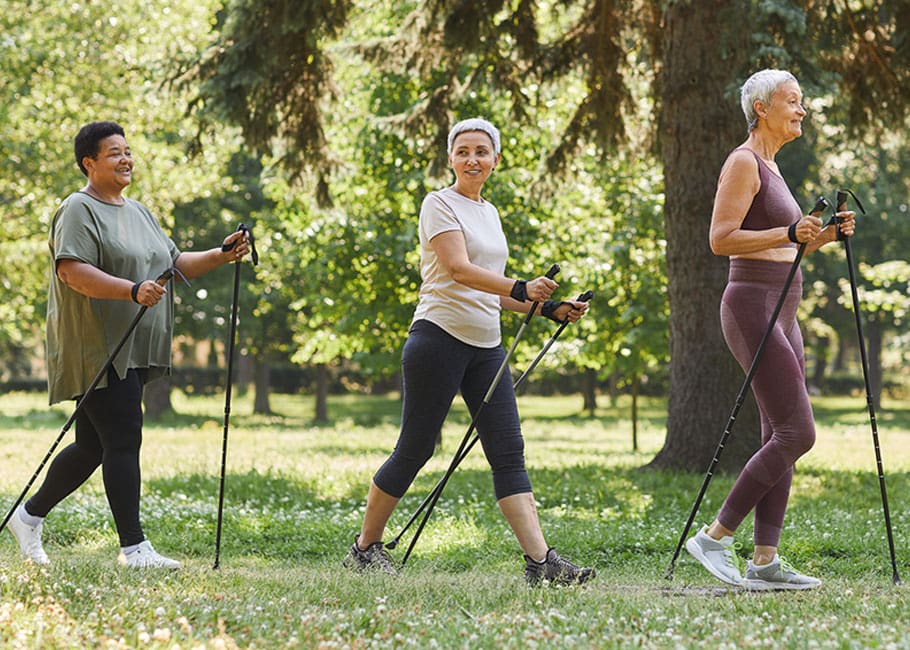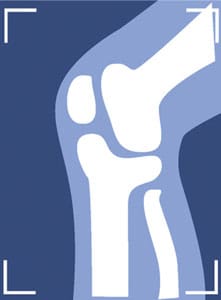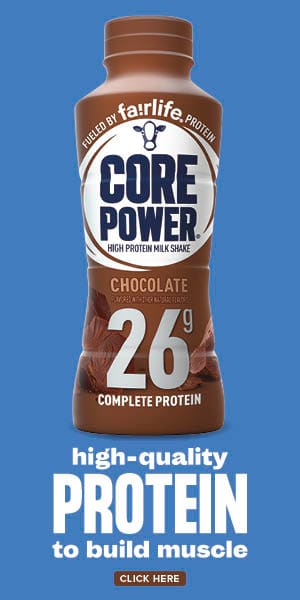Special Section // For Your Health

© Seventyfour / Stock.adobe.com
Bad breaks
Prevention and treatment of osteoporosis and bone loss
by JACKIE DUDA
Bones are amazing—lightweight, yet strong enough to hold us upright, with the body absorbing and replacing bone tissue throughout most of our lives.
However, with osteoporosis, new bone creation may not keep up with old bone loss, putting us at risk for fractures and breaks.
“Osteoporosis is a progressive thinning and even loss of bone that can accumulate over time and cause fractures,” says Dr. Kendall F. Moseley, medical director of the Johns Hopkins Metabolic Bone & Osteoporosis Center in Baltimore.
Breaking down bones
The Bone Health & Osteoporosis Foundation (bonehealthandosteoporosis.org), the largest U.S. organization dedicated solely to osteoporosis and bone health, reports that approximately 10 million Americans have osteoporosis and 44 million others have osteopenia (low bone density), placing them at increased risk for fracture. That’s about half of all adults age 50 and older.
“One in two women and one in five men will experience an osteoporotic fracture in their lifetime,” says Jane Cauley, distinguished professor in the Department of Epidemiology at the University of Pittsburgh Graduate School of Public Health in Pittsburgh.
For people who are older, these fractures can lead to chronic pain, loss of mobility and independence, and even death. “That’s mainly because, as you get older, you don’t recover as well,” explains Dr. Kathryn Diemer, senior clinical director of the Bone Health Program at the Washington University School of Medicine in St. Louis.
Building up bones
Some bone loss is natural with age. But it can be slowed. And osteoporosis, where bones become weak and brittle, does not have to be inevitable.
“We really shouldn’t think about osteoporosis or fracture as being a normal part of aging,” Moseley says. “We have to consider the early stages of life as a way that we are set up for bone health much later on in life.”
Moseley says it’s helpful to think about bone along the course of one’s lifetime. “We gain bone until we’re about 30, both men and women,” Moseley explains, adding that there is a maintenance phase until women go through menopause, typically in their 50s, and for men, around age 70, after which bones break down faster than new bone is built. This causes overall bone loss, osteoporosis and increased risk for fracture.
Exercising and eating right help build your bone bank. “Maximize your peak skeletal mass when you’re younger, so that when you’re older and start to lose bone, you have more to start with,” says Cauley.
Diemer says it’s important to eat a well-balanced diet; put a lot of color on your plate. Vitamin D, calcium and protein are essential. “Low protein intake is associated with an increased risk of hip fracture,” Cauley explains. In addition to milk, Diemer notes, there are many foods rich in vitamin D, such as fatty fish, egg yolks and fortified orange juice, and calcium, such as yogurt, nuts, broccoli and kale.
Ask your physician if you need a supplement. “Calcium carbonate or calcium citrate can help, and are easily absorbed,” says Diemer.
Moseley recommends engaging in physical activities at least three to five days a week, for roughly 30 minutes per session. “It doesn’t have to be pumping iron,” she explains. “Remember that even walking counts. Get outside for a brisk walk, get off the couch, lift light weights, dance if you enjoy it—anything that keeps you moving. Do your best, and remember that if you don’t move it, you lose it.”
Never too late
If you’ve already been diagnosed with osteoporosis, it’s not too late. Continue to stay active, and ask your doctor about adding an oral or intravenous bone-building medication to your treatment plan. Consider working with a trainer to find an exercise program that is safe and suits your abilities. Physical therapy can also be great for learning fall prevention, plus core exercises to promote healthy posture and lower-body exercises to help with general body strengthening.—JD

© artinspiring / Stock.adobe.com
Screen test
Bones can also deteriorate prematurely due to genetics, chronic illnesses, certain medications, or smoking and alcohol consumption.
If you’ve suffered a fracture or have a family history of osteoporosis; are taking medications like high-dose, long-term steroids; or have chronic conditions, you should consult your doctor about getting a DEXA screening. DEXA (dual-energy X-ray absorptiometry), a quick, noninvasive imaging test, measures bone density (strength).
If you’re concerned about your risk, ask about taking a fracture risk assessment.
Primary care physicians are often the point people for screenings, as are rheumatologists. You also might need to see an endocrinologist, a hormone specialist, for a more detailed work-up and treatment options.—JD
Jackie Duda is a Maryland-based writer.
Costco Connection: Calcium- and protein-rich foods, supplements, vitamins, exercise equipment and more are available in Costco warehouses and at Costco.com.



